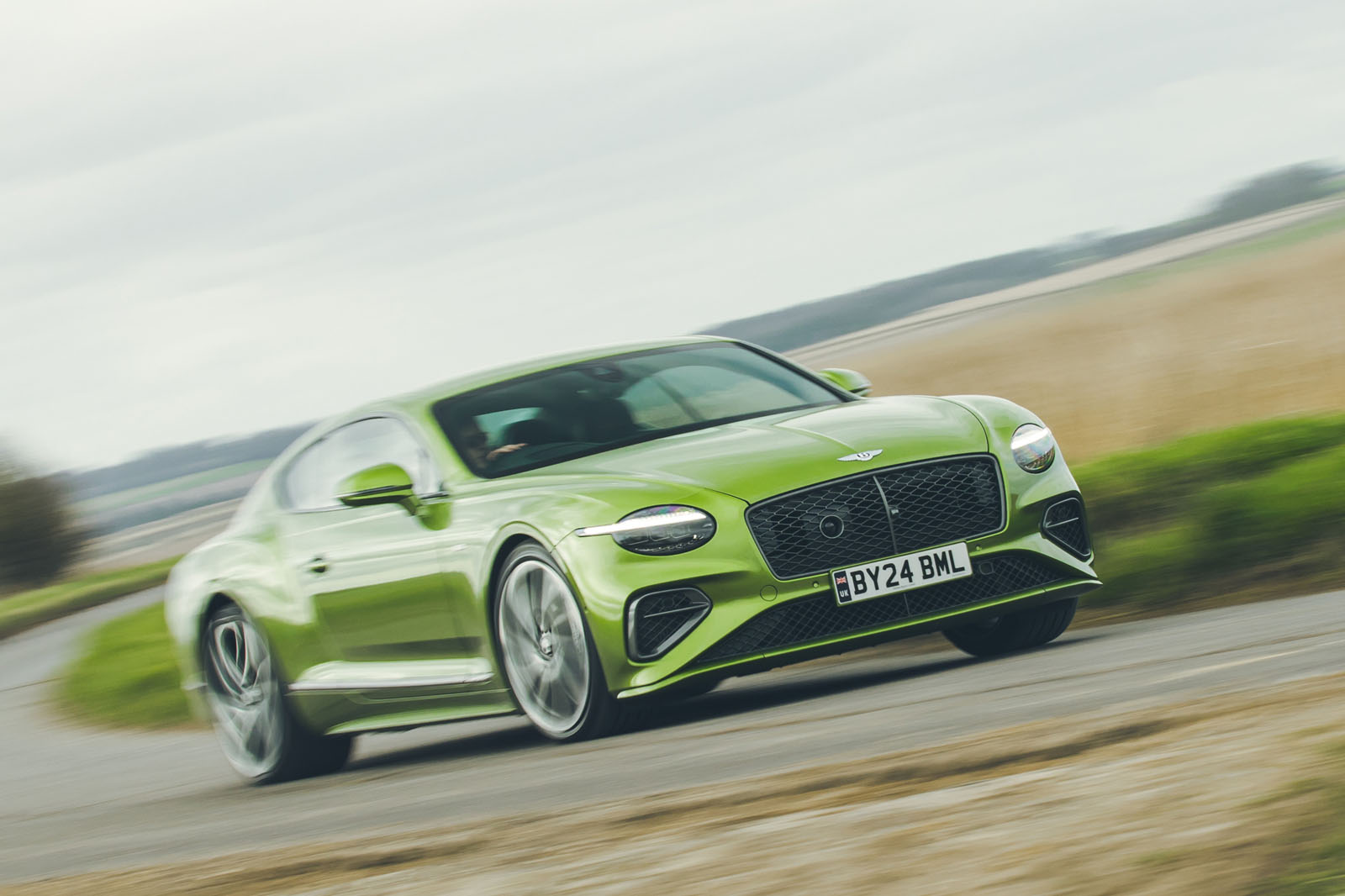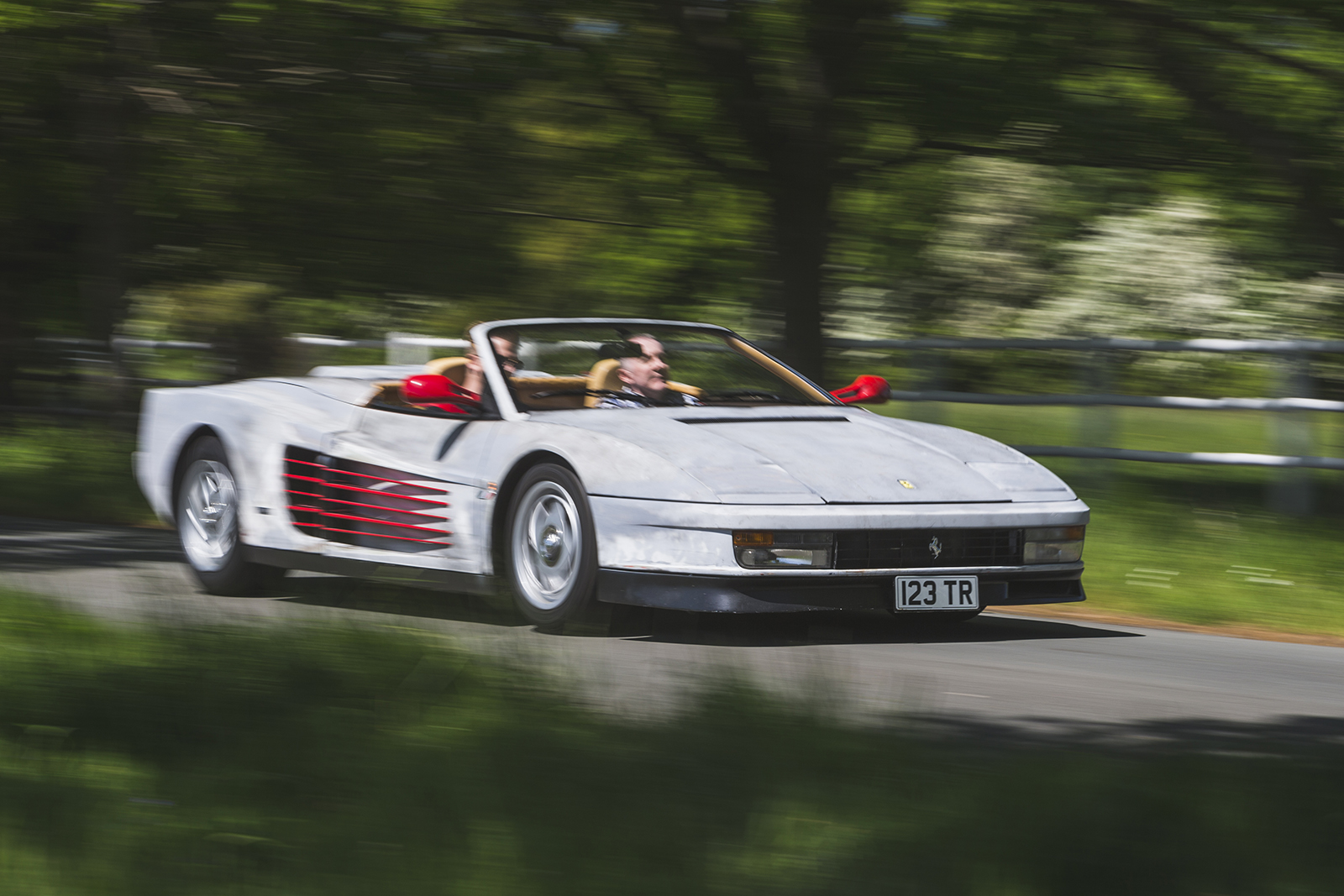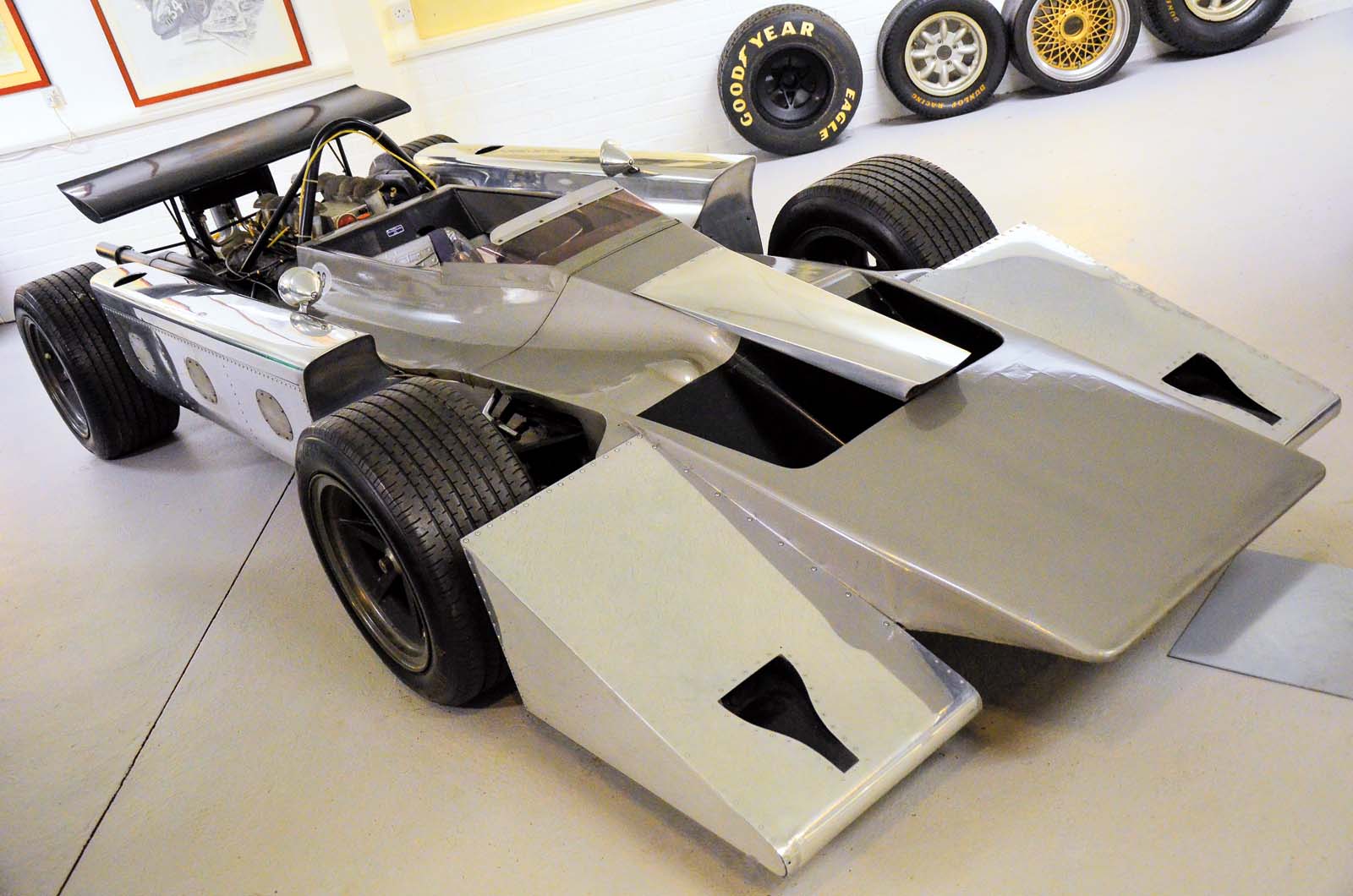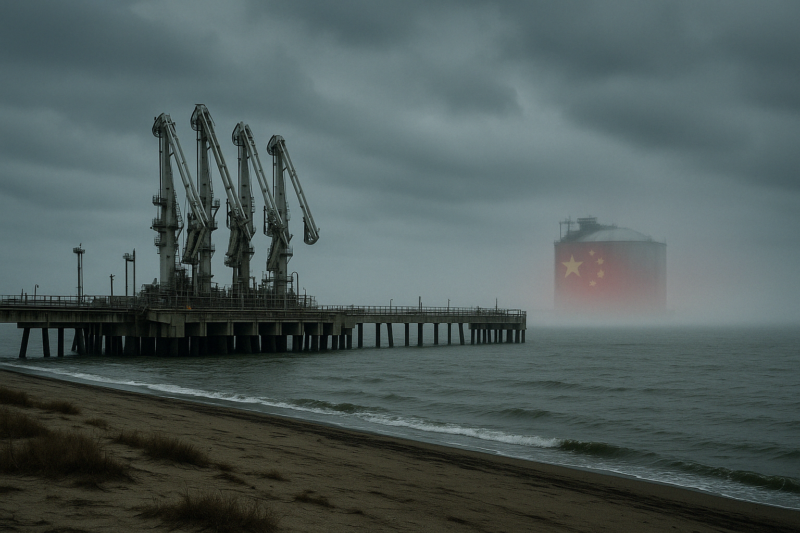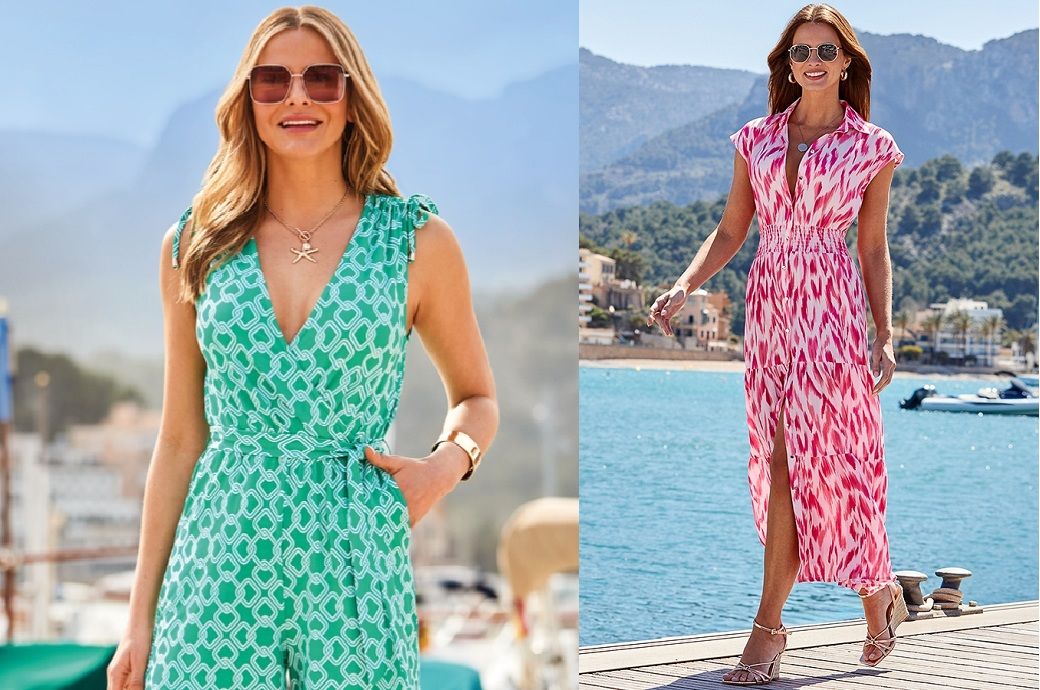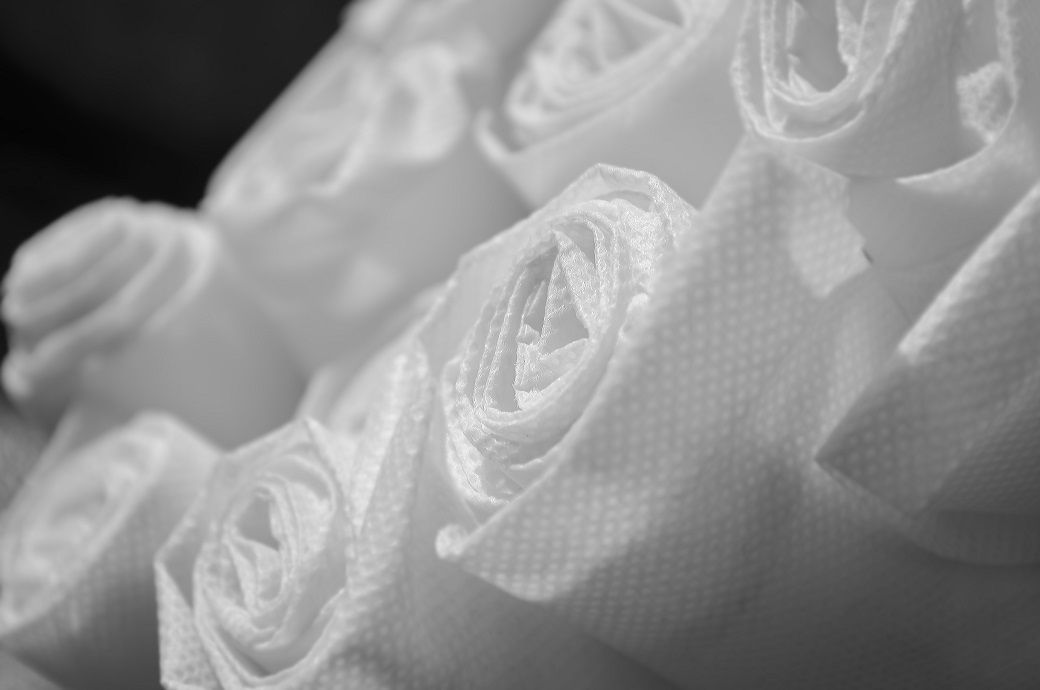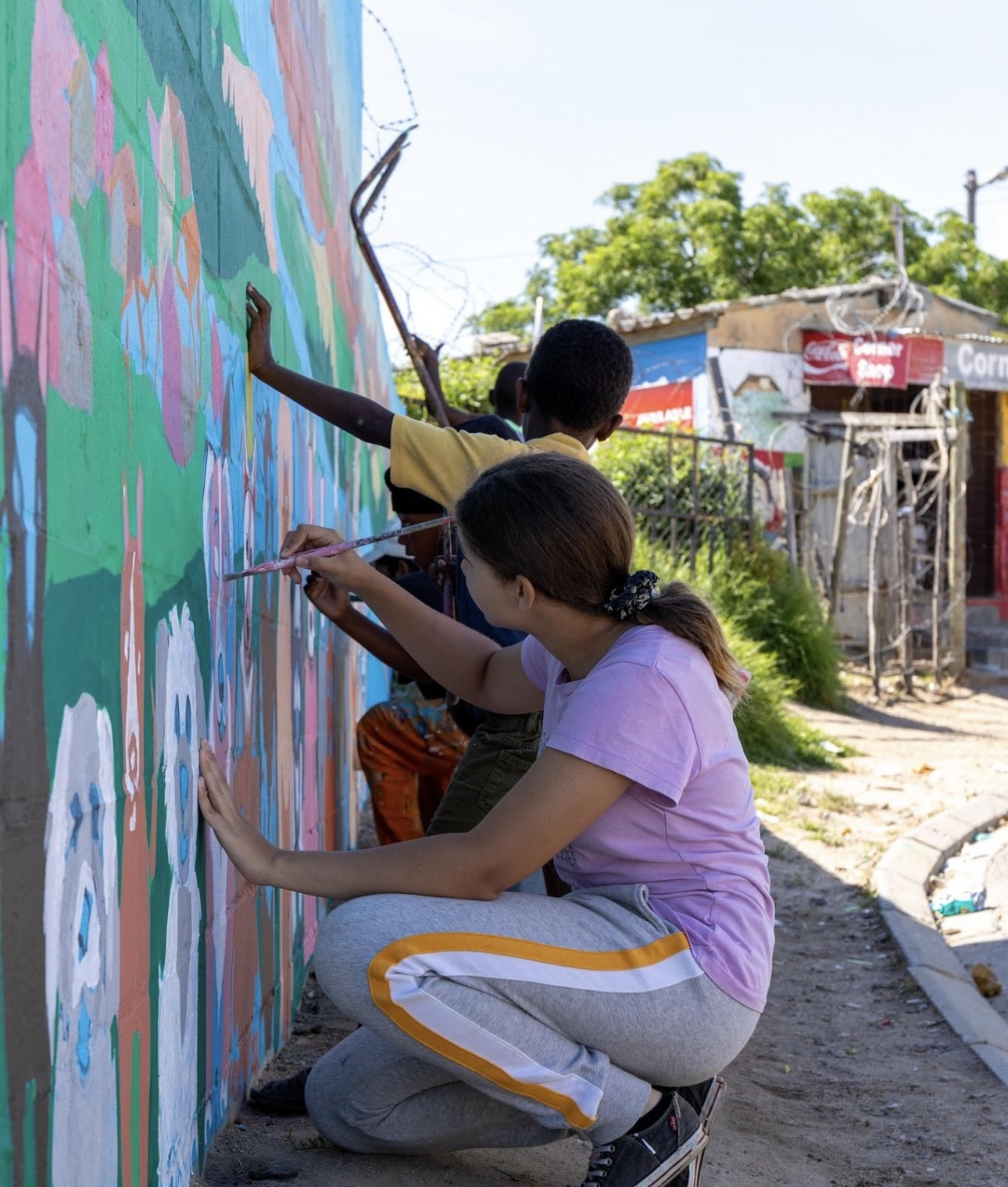Camartina: ‘a gem of a Super-Tuscan’
This year sees the 40th anniversary of Camartina, “a hidden gem of a Super-Tuscan". Arabella Mileham speaks to export director Giorgio Frangiacomo about the quiet evolution of the fine wine brand that "doesn’t get the recognition that it deserves”.
The post Camartina: ‘a gem of a Super-Tuscan’ appeared first on The Drinks Business.
Camartina, “a hidden gem of a Super-Tuscan" . Arabella Mileham speaks to export director Giorgio Frangiacomo about the quiet evolution of the fine wine brand that "doesn’t get the recognition that it deserves”.
"Super-Tuscans should not be undervalued", Giorgio Frangiacomo, export director of Querciabella, who notes that Camartina, one of the first wave of these wines, remains “a hidden gem of a Super-Tuscan that doesn’t get the recognition that it deserves”.
Camartina is the flagship wine of Querciabella, the company formed in the mid-70s by steel industrialist and passionate wine collector Giuseppe Castiglione. Intrigued by the then fledging Super-Tuscan movement in which Italian wines were competing on the world stage for the first time, Castiglione brought on board the famed oenologist and visionary Giacomo Tachis, winemaker at Antinori who had kickstarted Italy’s wine renaissance with the launch of Sassicaia, Solaia and Tignanello, as winemaking consultant to his new estate in Ruffoli.
“The idea was to produce a wine that he could show of to his friends in Paris, New York and Milan blind amid the great icons of his collection, and showcase was Italy could do,” Frangiacomo explains.
Wild country
The estate itself overlooks Greve in Chiantis, close to the Poggia del Querciabella, named after the red oak trees that encircle the hills, with the vineyards being “carved out” of the them mountains and forest, between 600-897m asl on the flank of Monte San Michele.
“People think of Tuscany as the rolling hills, with a few cypresses here and there, but it is very rugged,” Frangiacomo says. “The tops were planted with Scots pines, so you’d think you were in Scandinavia, and you can almost hear the pan-pipes and wild wolves at night.”
“It is truly wild country.”
Tachis, the ‘father of the Super-Tuscans’ was “a Cabernet Sauvignon man” having trained in Napa with Mondavi as well as in Bordeaux – and although there was some trial with Pinot Noir (Burgundy was Castiglione’s passion) it was Cabernet Sauvignon and Sangiovese that took centre stage.
First wave
"We didn't' have the capacity to ripen Sangiovese by itself, so Cabernet Sauvignon was added as it was a safer bet," Frangiacomo explains. Initially, the wine contained around 30% Cabernet Sauvignon, disqualifying it from being labelled Chianti Classico, which at the time needed to contain a minimum of 80% Sangiovese, so it was "intentionally" created as a vin de table, pitting it against its Super-Tuscan peers.
However over time, the wines have evolved - moving from organic production in 1988 and then onto biodynamic in 2000. However the first big change was in 2003 with generational change - Sebastiano Cossia Castiglioni took over when his father sadly died, and Tachis moved on. At the time, the blend was 70% Sangiovese, with 30% Cabernet Sauvignon, but this was later switched, with the amount of Cabernet dialled up, while Sangiovese (which made up 29 ha of the vineyards) took a back seat, in order to differentiate it from Chianti Classico.
"It was felt that it was too close to the Chianti Classico - this was before climate change and before we had the vineyards that produced brighter Sangiovese that did what the Cabernet Sauvignon did - contributing power, structure and colour," he said. However it also meant cutting production by around a third - where once production was 30,000 bottles each years, this is now more in the region of 10,000.
Other changes in 2010 saw the embrace of vegan practises which meant adapting classic biodynamism ("We stopped using manure and cow horns," Frangiacomo explains) and gradually lessening the amount of new oak.
Vertical
The vertical started with the 1996 - a "prime example" of Querciabella's ability to craft complex, age-worthy wine, even in an underrated vintage", the company said. The growing season that year was very cool and the resulting wines have with high acidity and alcohol levels of only 13% abv ("today we struggle to keep it under 14 or 14.5% abv", Frangiacomo mused). It is a classic blend of around 80% Sangiovese, 20% Cabernet Sauvignon, that spend 18 months in oak, around 30% of which was new fine-grained French barriques.
Next up is the 1999, a blend of 60% Sangiovese, 35% Cabernet Sauvignon and 5% Merlot. A balanced growing season with adequate rain and a dry, if not very hot summer, the vintage proved to be overshadowed by the 2000 vintage that followed. This was largely because the 2000 was the top-scoring wine of a major Italian wine guide for wine lovers, causing sales of the preceding 1999 to all but dry up.
The following 2003 vintage marked a turning point in the estate's history. Following a "shockingly" rainy 2002, the weather between May and September 2003 was solar, the mercury shooting up to such an extend that there were a record number of heat-related deaths that summer. Initially, the wines failed to impress.
"It was extremely pungent and all over the place - Manfred and I were going to use it in a masterclass for defects!" Frangiacomo explained, noting that it was not released commercially. But after a year or two in bottle, it was clear that it improved beyond recognition with age and is now a vintage that receives some of the most acclaim.
However, some of these back vintages are soon to be rereleased, as a special release from the vaults, such as the 2003 and the 1999, with one library release coming out at the same time as the new vintage for cellaring.
The 2021 vintage will be available in September this year.


















